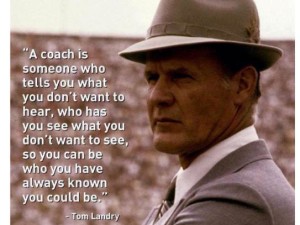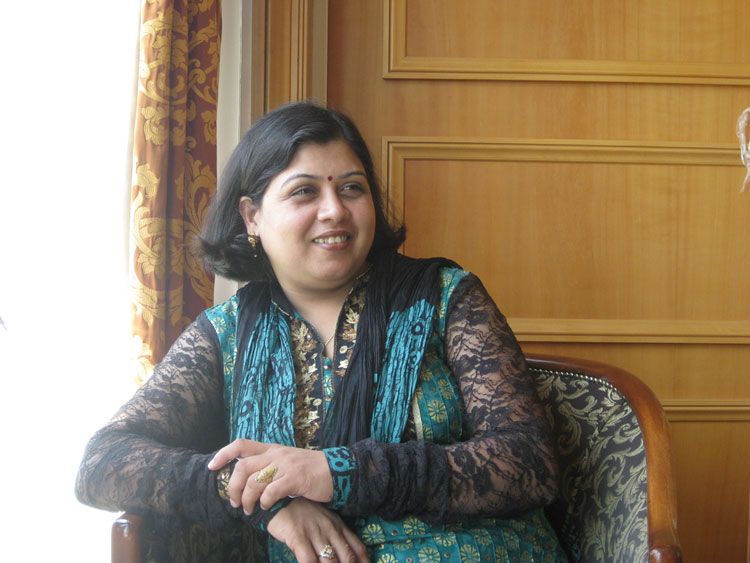In his May 2013 TED talk Bill Gates launches his 10 Min. presentation with an opening line, Everyone Needs a Coach. Then he goes on to expand on that and explains how a coach can help you improve your performance in an endeavor in which you are engaged: Acting, sports, finances, parenting, life, and your career, to name a few. Google Chairman Eric Schmidt also urges everyone to have a coach.
Being a career and life coach myself in my most recent career (my fifth) for the past 15 years, I have now seen over 6,000 clients in 23 countries and worked with almost all levels of professionals: from high-school graduates choosing their career path to veteran CEOs, who run into career setbacks, and everything in-between. There is also no restriction to whom I see as my clients, since they include professionals from neurosurgeons (and physicians) to movie and TV stars, to executives from the music industry.
This blog is about what I have learned from my clients during the past 15 years and how my coaching practice breaks into different categories of clients needs. The breakdown below is my own findings based on sifting through the detailed Client Intake Questionnaire that I require before I engage with each client.
Although the initial engagement is what this blog breaks down for a clients need for coaching, as we continue our relationship that engagement expands to cover almost all other areas listed in this blog and some additional ones. So, when I list the needs percentages for each category they are merely for the initial coaching engagement. Over time, they cover the gamut with the same client. It is gratifying to reflect that some of my clients have been with me from the start of my coaching career and have been with me the entire time many sending other family members and friends my way.
One constant that I encounter as I field the first call from a new prospect is their curiosity of how the coaching process works. Many, at this point of the conversation, mistake form for function and challenge me to justify the effort involved in a coaching engagement cost, time, uncertainty, and dealing with change. Confusing form for function stems from a prospects confusing a What for the How. For example, when I mention that they need a strong, searchable LinkedIn Profile, they respond by saying they already have one. Yet when I look at it I see its caricature or a pasquinade.
Some ask for guarantee of outcomes: How long will it take for me to get a new job? Will I get that promotion, etc. What these questions tell me is that most maunder through their careers in a state of unconscious incompetence. I also call this blind ignorance. They do not know what they do not know. The other realization for me before our engagement is that most navigate through their careers using trial and error; this is a very expensive way to manage ones career.
I am not writing this blog to trumpet that my engagements are 100% successful and that they result in an outcome that a client comes looking for in the time frame they have in mind (now); actually far from it! But, what I can claim is that after a few coaching sessions they move from Unconscious Incompetence to Conscious Incompetence (and if they persist, finally to Unconscious Competence) and abandon the trial and error approach to managing their careers.
So, what are the ranked needs in my own practice that prompt prospects to become my clients? Here is my own breakdown of the needs for the first engagement:
- Stuck in my career (26%): This category of need stems from two factors that clients harbor in their minds: their age and how well their friends/classmates and colleagues are doing. In this case we diagnose the situation, including patterns in a clients performance reviews (APRs) and develop a plan to jump-start their career by building immediate career momentum (Read my previous blog on How to Jump-Start Your Career Momentum)
- Bad boss (22%): This need goes almost toe-to-toe with the first one. This is a no brainer, since surveys during the past 60-70 years have shown that nearly 80% of managers are dysfunctional. In this case most are tempted to run away to a different boss, but when I remind them that their odds of landing into a job with a worse boss are 5:1 against them and there are ways to improve their situation by learning how to deal with it they change their approach.
- Difficult colleagues (12%): This is yet another factor that prompts many clients to leave their current situation and go looking for a new one for a fresh start. This, too, is a mistake and is myopic. Similar to #2 learning how to deal with difficult colleagues is a life skill and one must learn strategies on overcoming that obstacle. Once a client is equipped to deal with the situation we look at the best way out to improve their station.
- Empty promises (12%): Here, the client feels betrayed by the promises made about promotion, raise, and assignments. Again, my guidance is not to go looking for greener pastures, but to learn how to make the existing situation work in your favor and learn a skill to deal with such situations in the future.
- Screw-ups (7%): When a client messes up at work the repercussions can be major career setbacks. When a client lands in a situation stemming from such outcomes most get emotionally out of balance and do the wrong things to get themselves back on track, further exacerbating their situation. In most cases such situations are salvageable with the right approach and timely corrective action.
- Re-invention (6%): Since I specialize in career re-invention I get more than a regular share of such cases. Re-invention of a career spans the gamut and most of the clients who come to me with this need want to go in a new direction, often in their mid-life (40-50 years old).
- Venture (4%): Since I live in the Silicon Valley more people are infected with the entrepreneurial bug than anywhere else. Most of the clients that come to me are in their mid-careers (about 35 years old) and are disillusioned with their job or have a great idea to pursue. Here I help them with vetting their plans and guiding them to the right resources.
- Refreshing their career (4%): This happens mostly with my clients in high-tech industries. Since the technology is changing at fierce speed. People want to stay current and make the right career choices. Here I help them with how to choose the right new avenue to keep current and stay marketable.
- Management Vs. Technical (3%): A small percentage of my clients are not sure about whether they should advance their career in the management track or continue as specialist (Individual Contributor-IC). By providing guidance on the pros and cons of each track clients are able to make intelligence career choices.
- Executive Promotion (2%): Most clients do not realize that there are two major transitions in ones career that are almost points of inflection: Going from an IC role to the first-level manager and then graduating from a senior manager/director role into executive ranks. I provide guidance on how to package their message and prepare them with the right mindset for making such transitions effectively.
So, there you have it. Although all factors above total to 98% the remainder is uncategorized. They include factors such as, Too much politics (included in #1 and #2), Lack of accountability, etc. This is not a complete list, but a list that covers majority of my coaching cases. If you fall in any one of these categories of needs you need to see a good career coach. Even if you do not think that you need a coach listen to what Bill Gates implored in his TED talk and Eric Schmidt in his interview.
Good luck!













